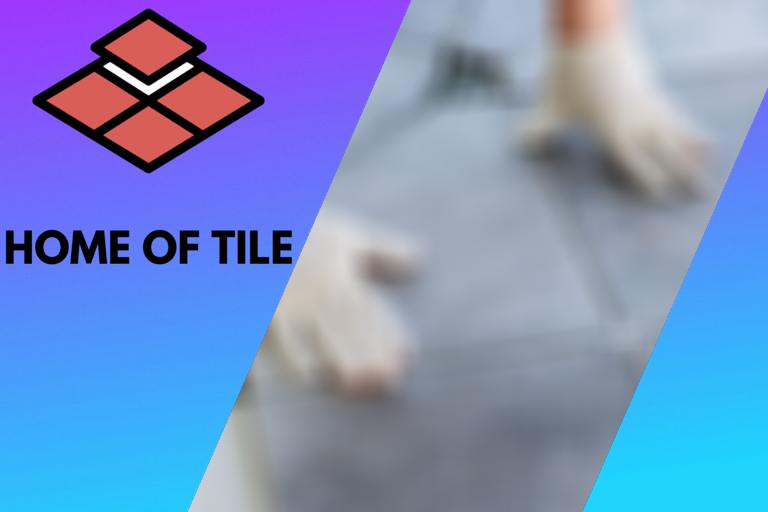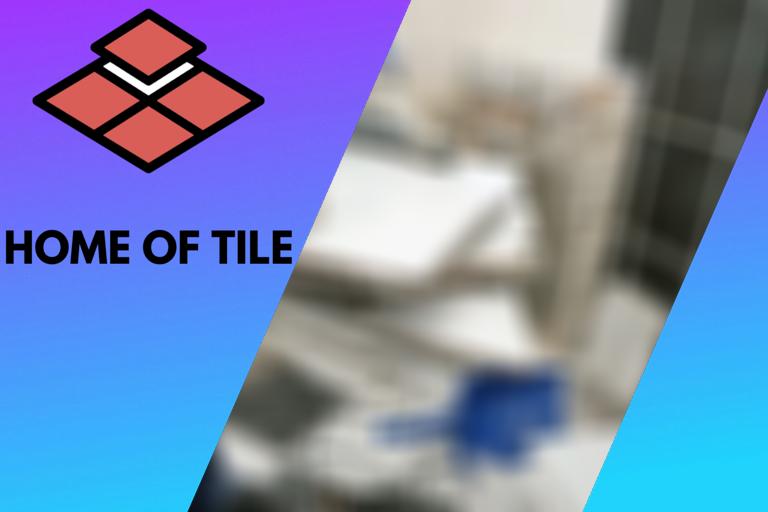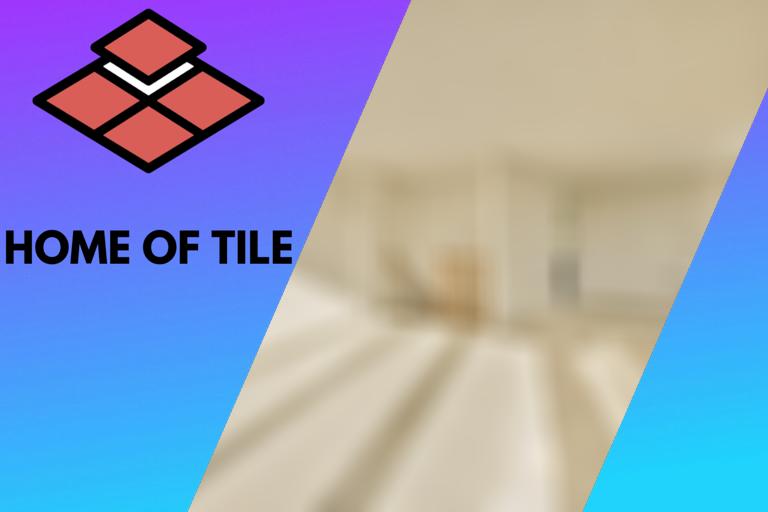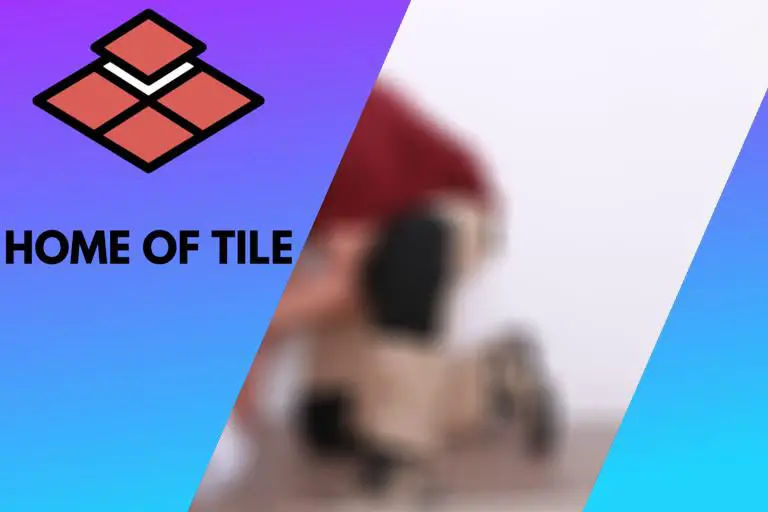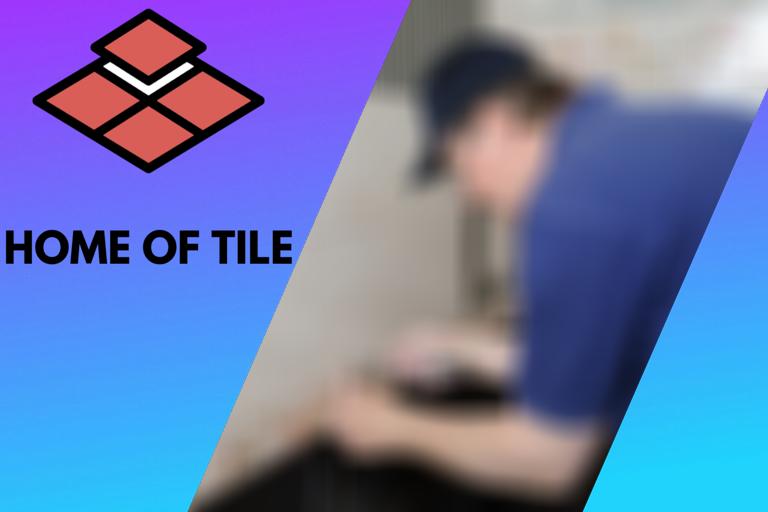Tiling and Adhesive: 9 things you should know
Adhesive is an essential and easy way to bond tiles efficiently. Adhesives provide a better bonding strength than any sand-cement mixture due to their low shrinkage property. The adhesive also accommodates thermal and physical movements due to its flexible properties. Less setting time of tile adhesive allows the tiles to adjust easily within a certain period.
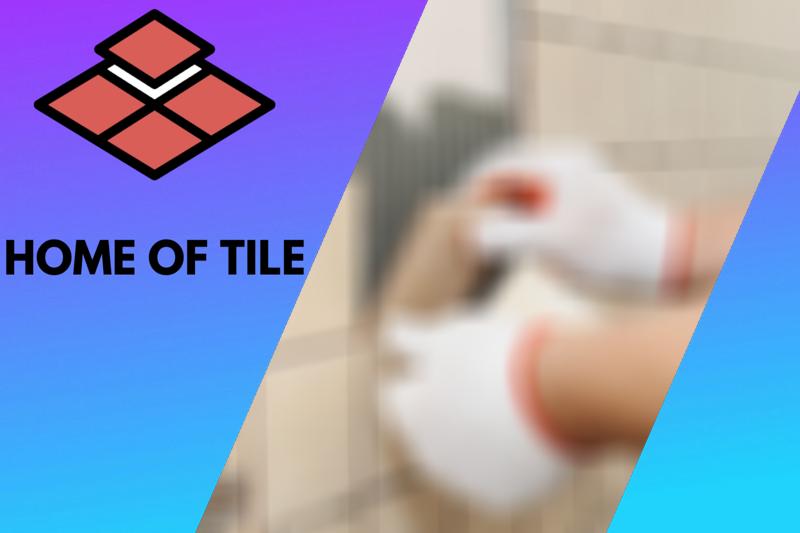
This article will give you information about the appropriate thickness of tile adhesive that must be applied to lay tiles. It will also discuss tiling over linoleum and vinyl adhesive. In addition, this article will discuss proper tiling over old adhesive.
Contents
- 1 Do I need to remove old adhesive before tiling, some helpful tips:
- 2 Floor tiling adhesive thickness, some useful tips:
- 3 Floor tiling over the old adhesive, some helpful tips:
- 4 How much adhesive is needed for tiling, some helpful tips:
- 5 Removing linoleum adhesive from concrete before tiling, some helpful tips:
- 6 Tiling over bitumen adhesive, some helpful tips:
- 7 Tiling over old adhesive, is this possible, or do I need to remove it?
- 8 Tiling over vinyl adhesive on a concrete floor, some helpful tips:
- 9 Wall tiling adhesive thickness, some helpful tips:
Do I need to remove old adhesive before tiling, some helpful tips:
In general, you need to remove the old adhesive before tiling. You need a smooth and level surface to install tiles. Once old tiles are removed, in most cases, the surface is neither smooth nor level. Remove the old adhesive and clean the area before applying the new layer of thin-set.
Tiling over the old thin-set may affect the longevity and durability of the new tiles. As the old thin-set is not perfectly smooth and level, the newly installed tiles will be more prone to damage and eventually break.
● Option 1: Use a floor grinder to remove old adhesive:
To smoothen the surface, you can use a floor grinder. Glide the floor grinder back and forth over until the area becomes even. Once the old surface is level, you can apply the new thin-set and start tiling.
● Option 2: Use a self-leveling compound to smooth the surface
Another method is to use a self-leveling compound to smooth out old thin-set if you only have a small amount remaining after removing the old tiles. This compound will ‘burry’ the uneven spots caused by old adhesive. Always remember to scrape up any loose thin-set first before applying the self-leveling compound.
● Option 3: Use a cement backer board to smoothen the surface:
A third option is to use a cement backer board over the old thin-set to level the surface on the floor. This applies to the case where the old thin-set and floor are extremely uneven. A backer board is screwed to the subfloor with a thin layer of thin-set for support. You must remove the highest levels of buildup and then install the backer board over it. Make sure that if you are installing one in a bathroom or kitchen that the material is water-resistant.
Floor tiling adhesive thickness, some useful tips:
In general, the adhesive thickness should be around 3/64″ (1mm) for wall tiles. For concrete floors 7/32″ (2.5mm), and for timber floors 1/8 ″ (3mm). The thickness also depends on the type of adhesive and the type of tile. A general rule of thumb is that the heavier and bigger the tile, the thicker the adhesive should be.
The thickness of the tiling adhesive depends upon the type of adhesive you are using and the type of surface you are tiling on. Use an appropriate notch trowel to apply adhesive to the surface. You can use a 6mm notch trowel to achieve a 3/64″ (1mm) thick adhesive bed for wall tiling. A 10mm notch trowel can be used for concrete floors to achieve a bed of 7/32″ (2.5mm) thickness. You can use a 12mm notch trowel for timber floors to achieve an adhesive bed to 1/8 ″ (3mm) thickness.
Many types of adhesives are used for tiling. The thickness of the adhesive also depends on the type. The most used tile adhesives:
- Standard set tile adhesive: This adhesive looks like cement and is the most commonly used adhesive. The setting time of this adhesive is shorter, so it is used when setting time is not an important factor to consider.
- Epoxy adhesive: These adhesives consist of organic and synthetic ingredients blended to achieve a quick setting time.
- High grab acrylic wall tile adhesive: These adhesives are used for laying large and heavy tiles on walls.
- Highly flexible acrylic wall tile adhesive: These adhesives are suitable for tiling in showers and bathrooms. They are water-resistant and are used on walls that receive a large amount of water interaction.
- Rapid set flexible adhesive: These adhesives are used where a strong bond and quick setting time is required. Their bonding strength is very high, and they are generally used when tiling over underfloor heating.
Each type of adhesive has its own bonding strength and setting time. The optimal thickness of any of the adhesives is defined by the manufacturer and should be part of the manufacturer’s instructions.
The tile weight is also a factor in the adhesive thickness. A general rule of thumb regarding the tile adhesive thickness is that the heavier and bigger the tile, the thicker the adhesive should be.
Floor tiling over the old adhesive, some helpful tips:
In general, tiles should not be installed over the old adhesive. If the surface is not clean, smooth and level it can compromise the bonding of the thin-set. Ensure that the floor is also free of any loose material.
Old adhesive usually gets partly attached to the tiles when they are removed. The surface left behind is generally uneven and contains old loose adhesive left over. This can compromise the effectiveness of the new thin-set.
Any loose and uneven adhesive must be removed before applying a new layer. You can use a floor grinder. Or, if the old adhesive has adhered well to the floor, you can use a self-leveling compound to create a smooth surface and install tiles over it. You burry the old thin-set and create a smooth and even ground that is needed to lay tiles.
How much adhesive is needed for tiling, some helpful tips:
In general, you need a 50 lb bad of adhesive for a floor of 45 sq ft or a wall of 90 sq ft. The actual amount you need will depend on the adhesive type, the surface, and the size and weight of the tiles. Thicker, larger, and heavier tiles need more adhesive.
Calculate the area you plan to lay tile on before choosing an adhesive. You can choose for a bad of dry adhesive or ready-made. The following table indicates the amount you need for a certain area. But this only gives an indication. The actual amount depends on several factors:
Type of Product | Wall/Floor | How much you need |
|---|---|---|
Tile Adhesive, ready-made | Floor | 3.5 Gal +/- 60 sq ft. |
Wall | 3.5 Gal +/- 120 sq ft. | |
Tile Adhesive, bag | Floor | 50 lb +/- 45 sq ft. |
Wall | 50 lb +/- 90 sq ft. | |
Grout, bag | Floor | 25 lb. joint widths 1/8 in. to 1/2 in, 300 sq ft. |
Wall | 25 lb. joint widths 1/8 in. to 1/2 in, 500 sq ft. | |
Grout, pre-mixed | Floor | 1 Gal, For joints widths 1/16 in. to 1/2 in, up to 100 sq ft. |
Wall | 1 Gal, For joints widths 1/16 in. to 1/2 in, up to 140 sq ft. |
Removing linoleum adhesive from concrete before tiling, some helpful tips:
In general, remove the linoleum adhesive before installing tiles. You can use a floor scraper or a chemical remover for this. Adhesives like linoleum glue often get attached to the substrate after the old floor is removed. This does not give an ideal surface to install the new tile
You will need a floor scraper to remove old linoleum glue. The key is to hold the tool at a suitable angle while scraping to be efficient. Once you have found an angle that works best, stick to it and work in small sections. Use the blade edges to remove small strips of material.
Chemical removers can also be used to remove old adhesives like linoleum glue if the scrapper does not work. These adhesives soften the tough linoleum glue and make it easier to remove. Follow the manufacturer’s instructions while using these chemicals, and you can follow this up by using the floor scraper once again.
Tiling over bitumen adhesive, some helpful tips:
In general, it is not advised to tile directly over bitumen adhesive. You can either remove the bitumen completely or cover it using one of several methods.
Bitumen is commonly used as a protective coating for floors. It is a thick, dark, and sticky material resembling tar. Tiling over a bitumen surface can be problematic due to the deterioration of the bitumen and tile adhesive integrity. You can seal the surface with a suitable primer.
There are several other solutions available that will make your job easier. Instead of removing bitumen by hand, you can use a water-based primer to create a uniform surface. You can also use a backer board that provides a tile-ready surface. Self-leveling compounds can also be used to prepare bitumen surfaces for tiling. A screed of high thickness can also be applied.
The primer creates an insulating layer between the bitumen and the tile adhesive. This helps the adhesive to bond well to the surface. Applying a self-leveling compound over primer helps to achieve an even surface for tiling.
Backer boards can also be installed over a bitumen surface to create a rigid and even surface for tiling. Apply the flexible adhesive over the bitumen surface and screw the board down to the surface. After backer board installation, apply the tile adhesive and lay the tiles.
Another method to prepare the bitumen surface for tiling is to apply a screed concrete of at least 70 mm thickness. The screed acts as an insulation between the tile adhesive and tacky bitumen. Moreover, concrete provides a more rigid and even surface for the tile installation.
Tiling over old adhesive, is this possible, or do I need to remove it?
In general, tiling over old adhesive is not advised. Examine the floor first. It needs to be smooth and level. If this is not the case, remove the old adhesive, or use a method to cover it.
Floors with old adhesive tend to lack preparation for the new adhesive. Tiling over this type of floor can cause movement in the tiles, which may cause the grout and tiles to crack with time. If your old adhesive is not well adhered to the floor, it is recommended to remove the old thin-set first and then install the new tiles.
Tiling over vinyl adhesive on a concrete floor, some helpful tips:
In general, you can tile over vinyl adhesive if it is glued firmly and installed over cement. But it requires a careful evaluation of your floor first. The floor needs to be smooth and level. Fill any tears in the floor before installing new tiles.
Vinyl and linoleum floors may contain asbestos. If this is the case, you must get these materials removed completely by professionals. You can not sand vinyl or linoleum floors with asbestos for proper adherence to the new tiles. Certain types of vinyl floors make poor underlayment for tiles because these floors may shift over time and become unstable. Floors like perimeter bond sheet vinyl or vinyl with a cushioned structure fall into this category.
Luxury vinyl planks are also not suitable for new tile installation. These planks are installed without any adhesive in a floating fashion. If you install tiles on these types of surfaces, the floor under your tile may shift over time, creating cracks in the grout.
While installing the tiles on the vinyl floor, first sand the floor. After sanding, clean the floor thoroughly with a cleaner. Install a suitable backer board for your tile. The 1/4 inch thick cement backer boards are ideal for tile installation. Apply thin-set to adhere the backer boards to the floor, lay the backer boards, and make sure that you leave a 1/4 inch gap between the boards and around the walls. Before installing the tiles, make sure that the adhesive under the backer board is completely dry.
Wall tiling adhesive thickness, some helpful tips:
In general, the adhesive thickness for wall tiles should be around 3/64″ (1mm). Heavier tiles will need more adhesive. Overall, wall tiles need less adhesive than floor tiles.
Floor tiles experience massive amounts of pressure and stress due to the heavy traffic occurring on them. If you apply a thin adhesive bed under floor tiles, the tiles may crack. For this purpose, floor tiles have a thick adhesive bed underneath. This is not the case in wall tiling.
Walls do not experience any weight or pressure; therefore, they require a smaller thickness of adhesive. The thickness of the adhesive for wall tiling should be at least 3/64″ (1mm) or 3/32” (2mm) for larger, heavier tiles. You can achieve an adhesive bed of this thickness with a 6mm or 10mm notch trowel.


